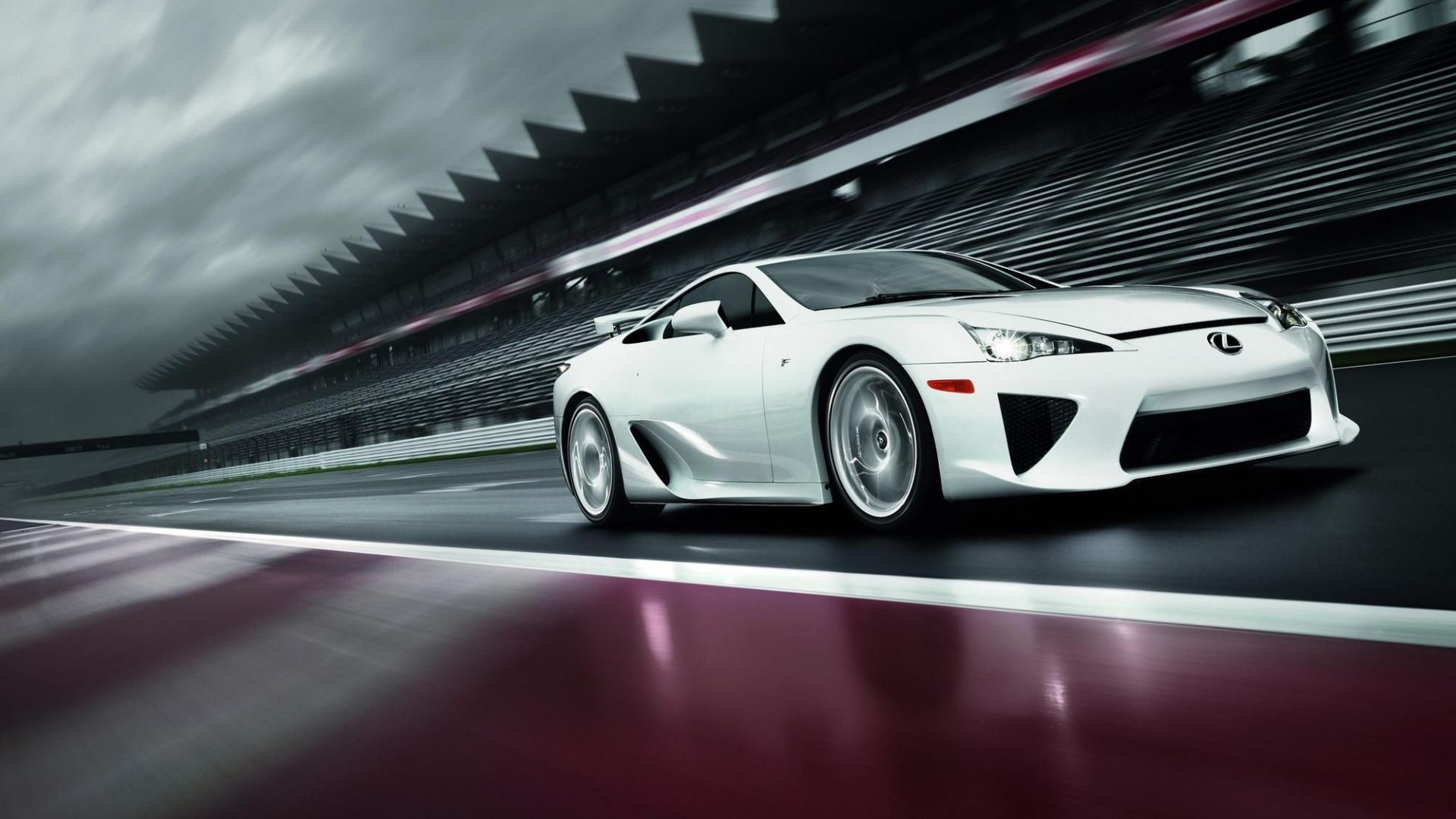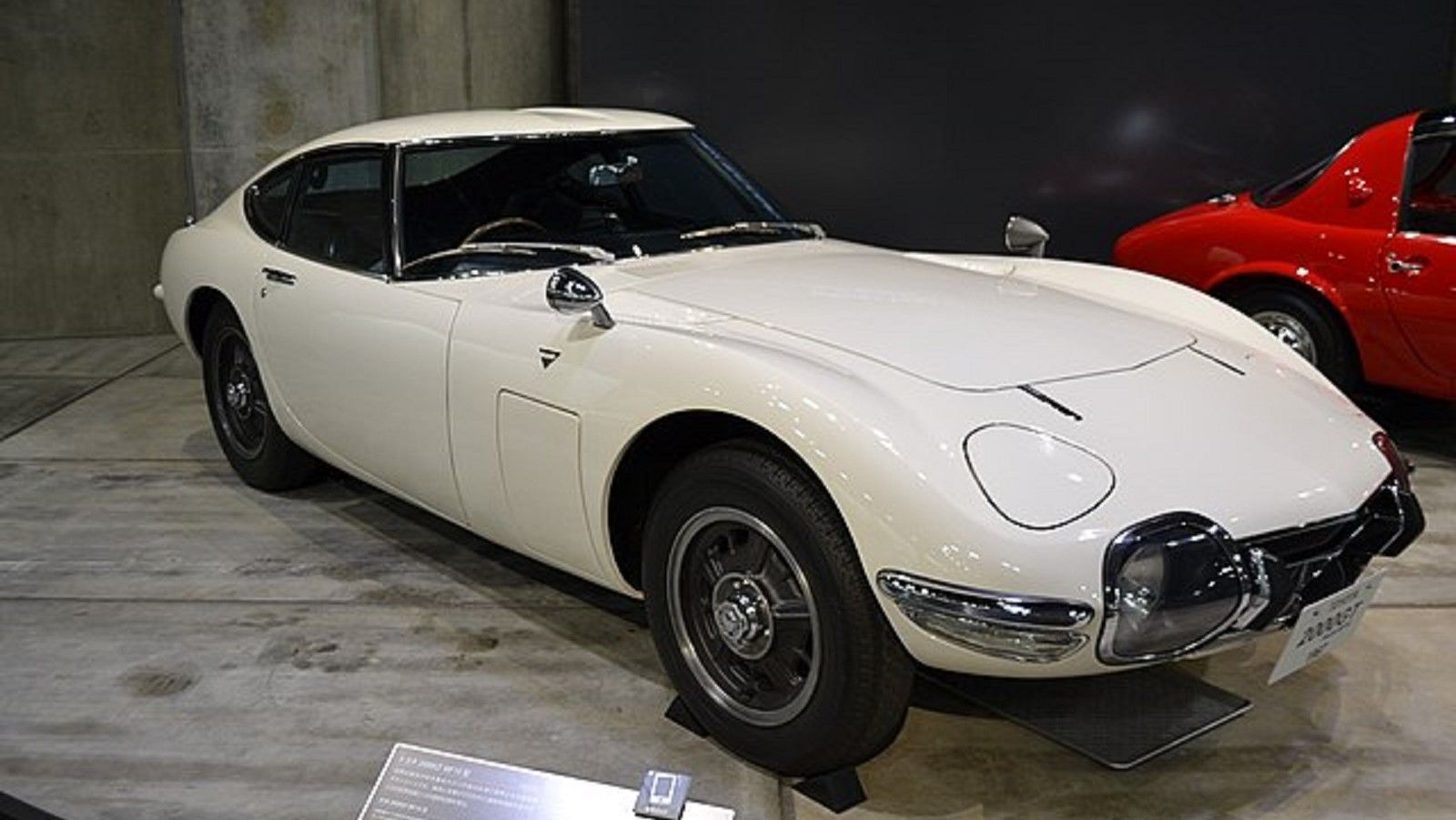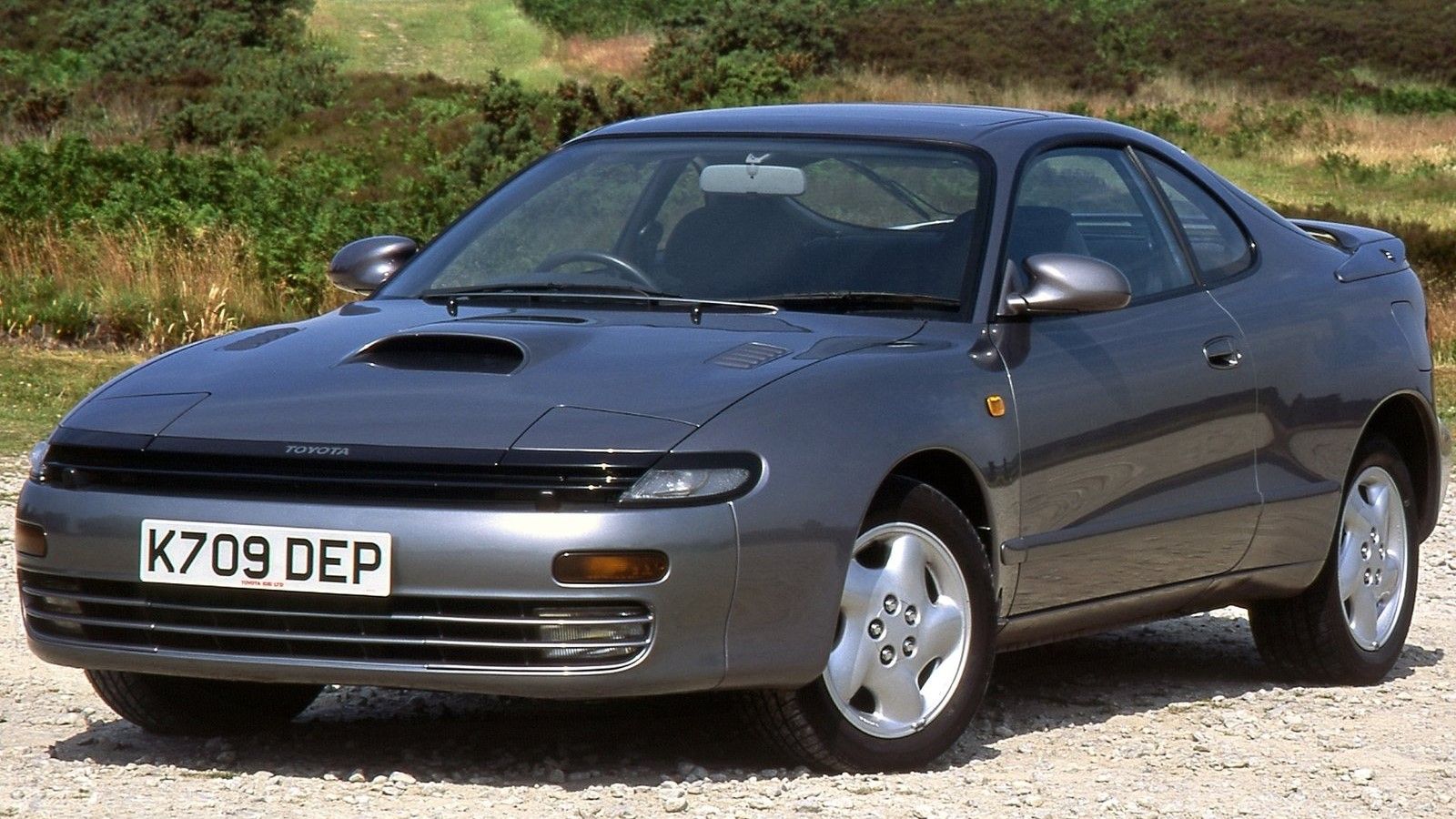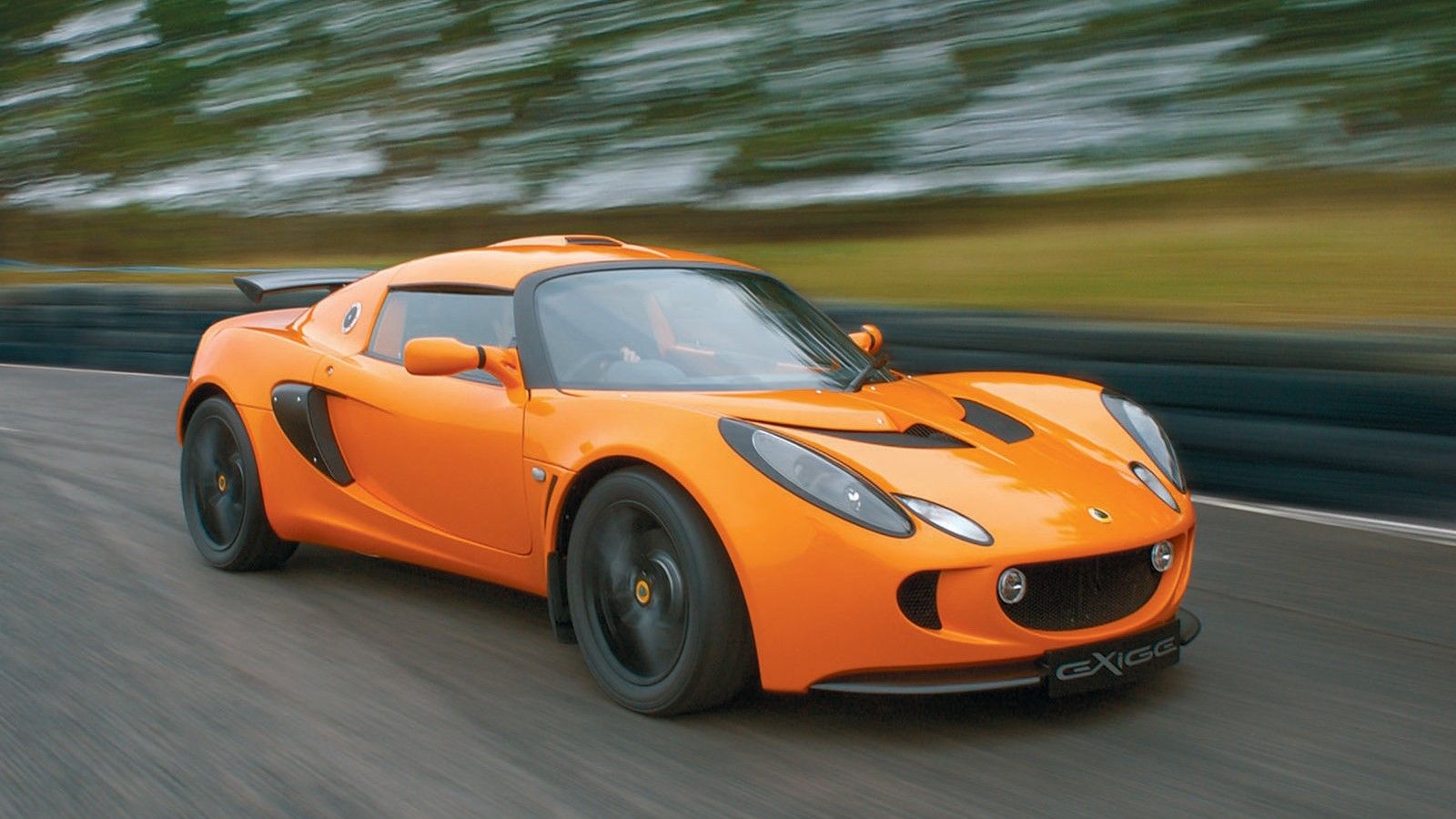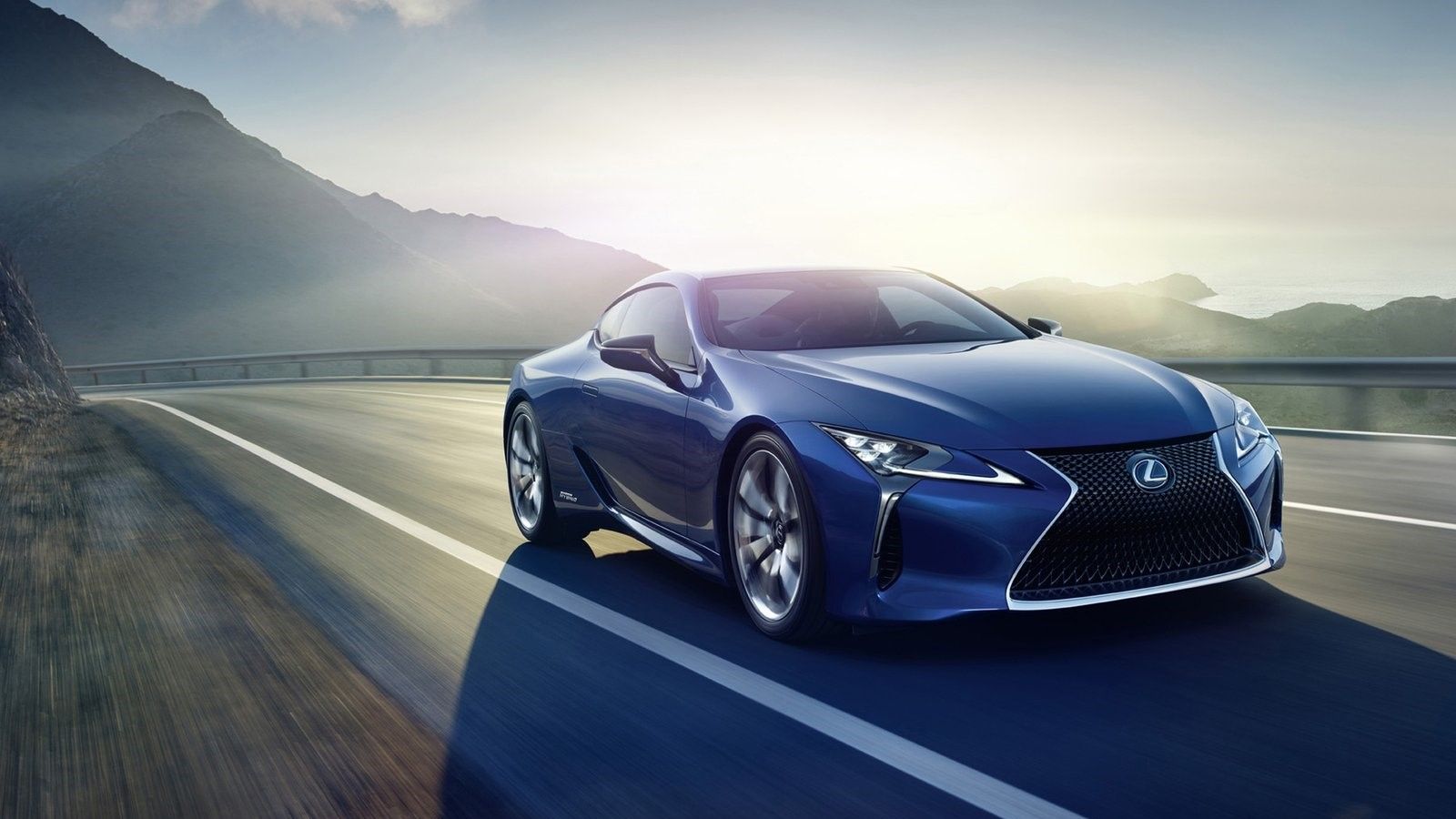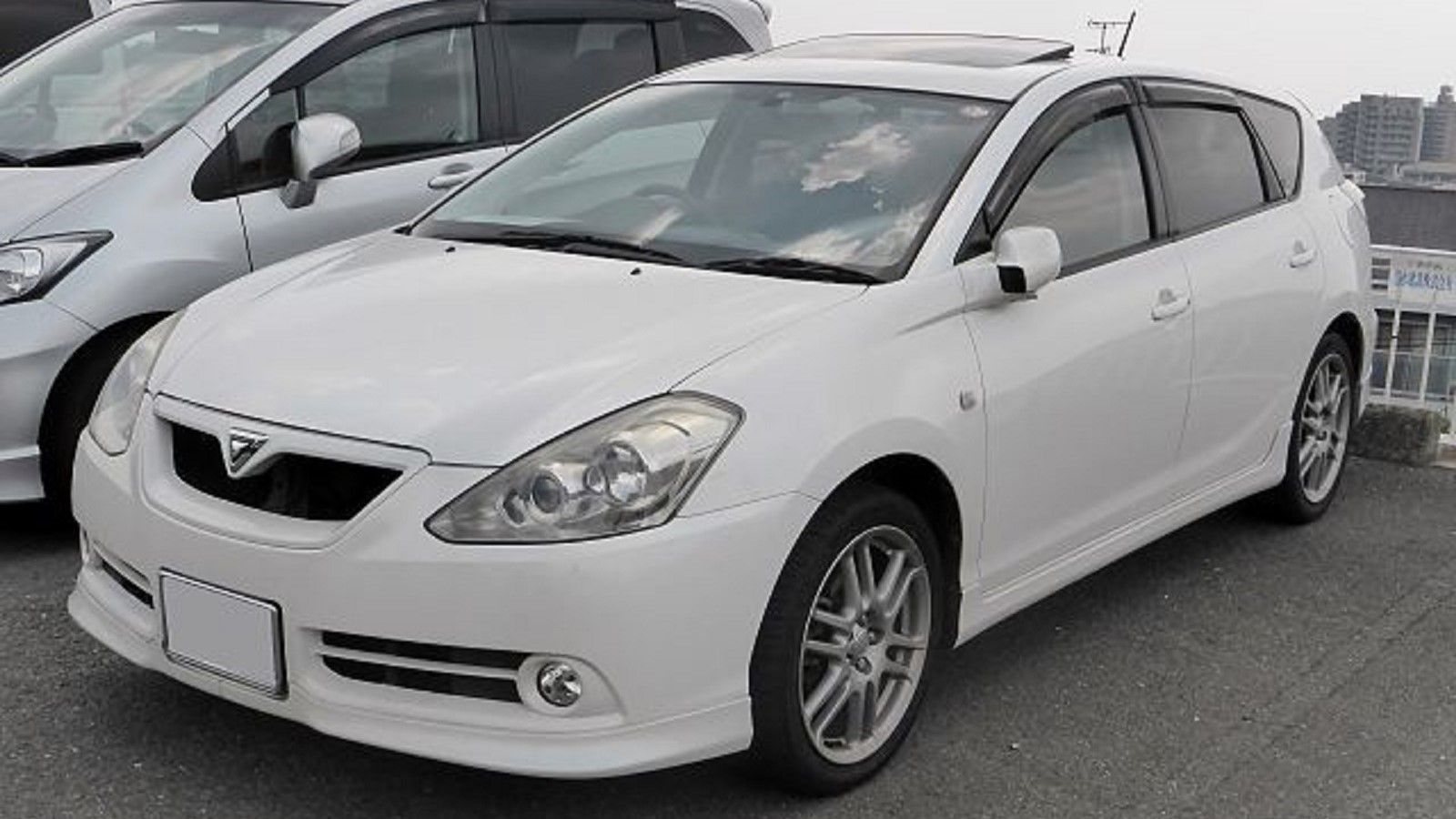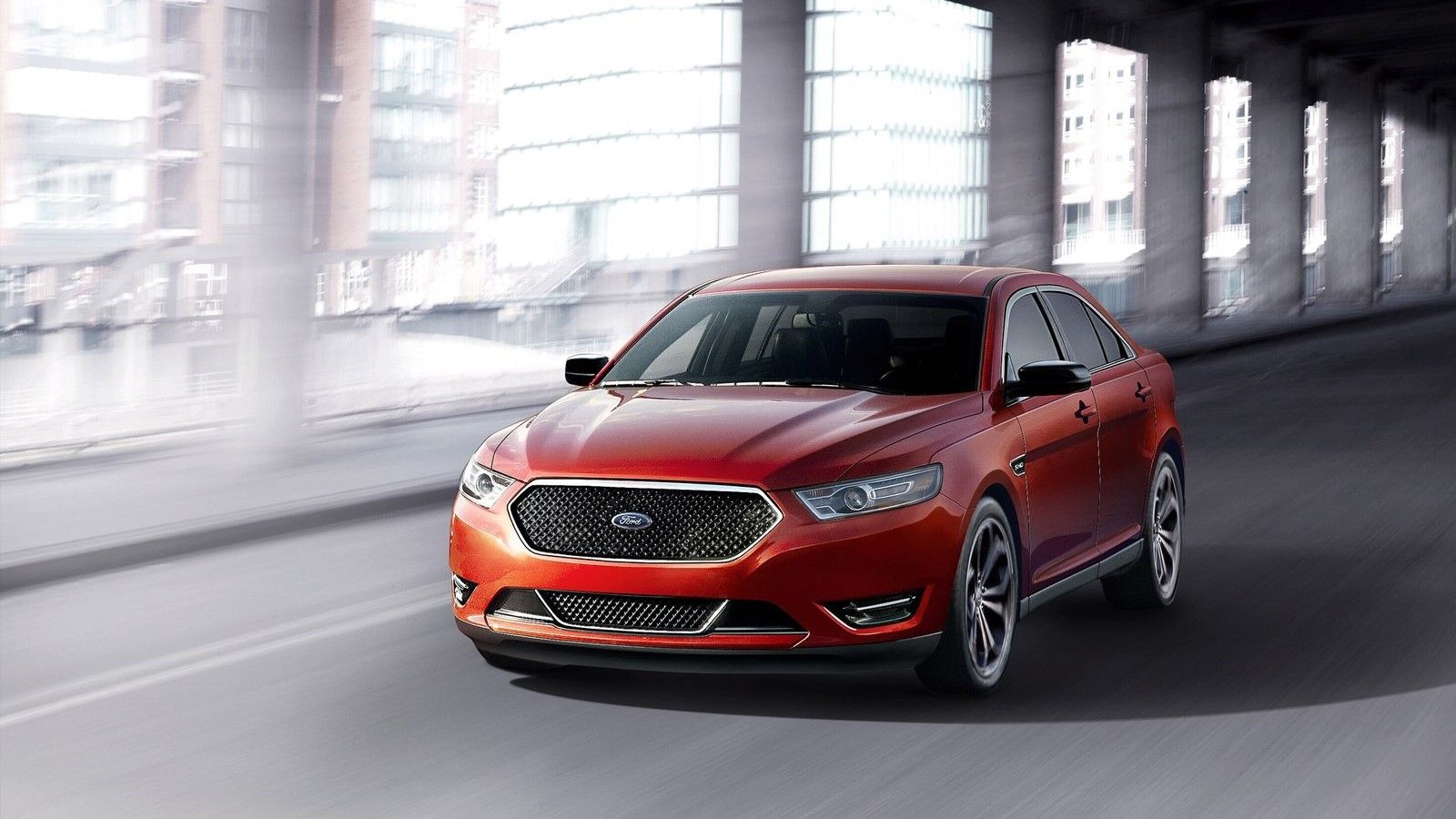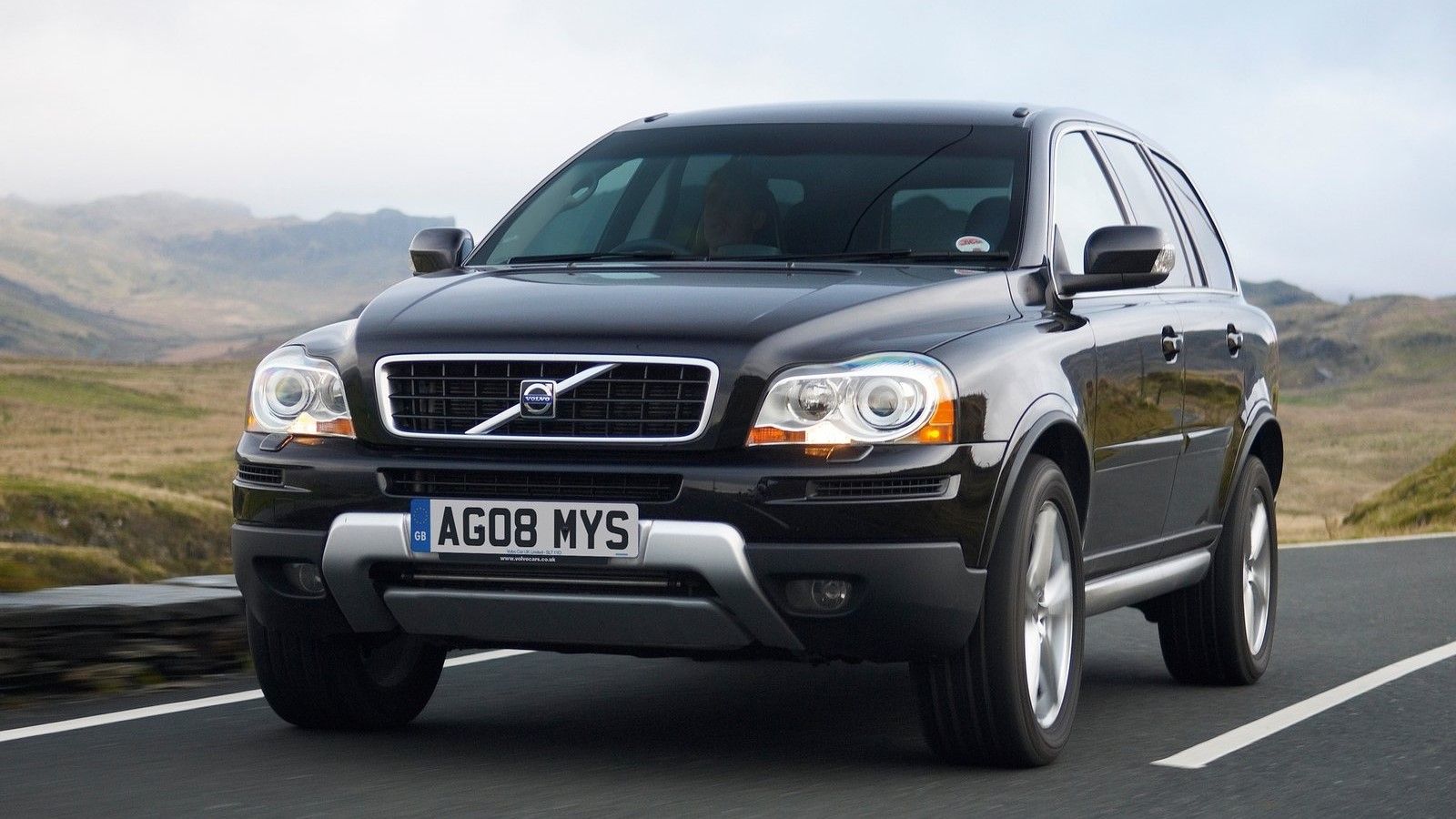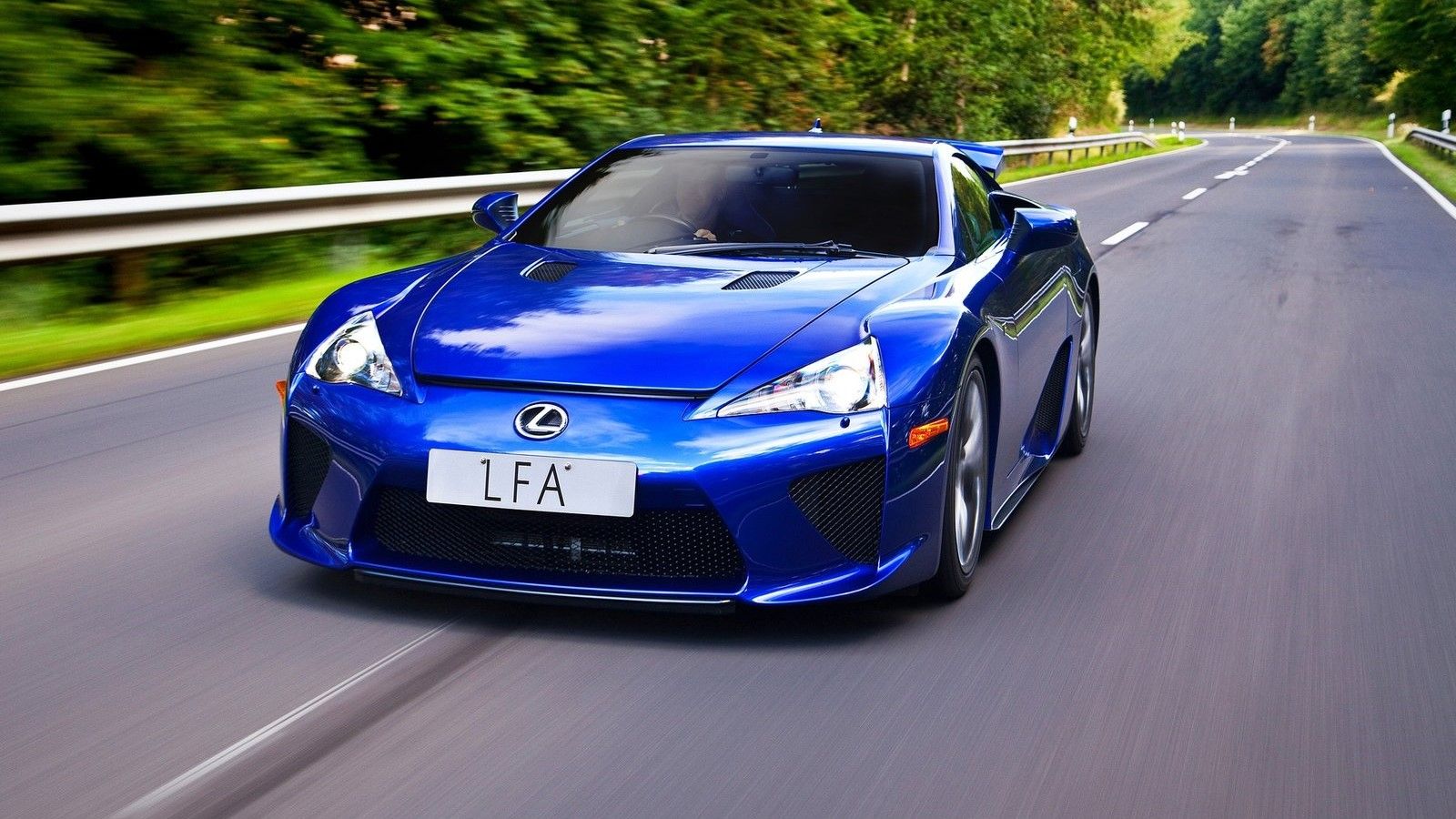Yamaha has built a reputation for being a world leader when it comes to musical instruments and its popular brand of motorcycles. What perhaps most might not know is that the success of the Japanese company is also inextricably linked to vehicle manufacturing. The history of the company is filled with numerous collaborations with automakers when it comes to engine building and tuning.
Yamaha’s affinity for automobiles started in the 1960s after they incorporated the Yamaha Motor Company. Yamaha had achieved racing and commercial success with its YA-1 motorbike, and in 1961 embarked on expansion to automobiles. The YX-30 was the first vehicle to sail off the Yamaha line. It was a two-seater fiberglass body convertible powered by a 1.6-liter, four-cylinder engine. But, the Japanese conglomerate had taken a significant financial risk with its first four-wheel project and in the end, proved to be too expensive. The YX-30 project was scrapped before production.
However, the company’s automotive pursuit did not diminish. Yamaha decided to engage automakers collaboratively on engineering powertrains. It first approached Nissan, but nothing substantial materialized out of the partnership. Toyota, on the other hand, was more susceptible to Yamaha’s ideas, and this eventually began an incredible automotive partnership that ushered Yamaha into engine production and tuning.
Over the years, Yamaha has worked with other automakers like Volvo, Subaru, and even Ford in fine-tuning and increasing the performance of engines. So here are 10 successful engine collaborations between Yamaha and automakers.
10 Toyota 2000GT
Breaking cover in 1965, the Toyota 2000 GT wasn't just the Japanese automaker's very first sports car, but it was also the first collaboration between Toyota and Yamaha. It came at a perfect time for both companies. Toyota was looking to have a foothold in the sports car segment and Yamaha was eager for its first automotive collaboration. The 2000GT was a limited production two-seater sports car that was powered by a two-liter longitudinally mounted straight-six engine. Yamaha took the engine from the Toyota Crown, modified and fine-tuned it to produce 148 horsepower up from the original 101 horsepower.
The 2000GT can also put down about 129 pound-feet of torque. Yamaha had managed to increase power to the engine by about 40% and via a five-speed transmission, this power pushed the 2000GT to a top speed of 137 miles per hour. The exterior styling was also collaboratively conceived by Toyota and Yamaha. Toyota stated that 337 examples were built and despite a successful collaboration, with a steep price tag, the 2000GT did not generate any financial returns for the Japanese automaker.
9 Toyota’s 4A-GE Engine
The success of the 2000GT prompted Toyota to seek Yamaha for another collaboration. This time the project was one of Toyota’s most reliable engines, the 4A-GE. Toyota had already made several versions of the engine and Yamaha’s contribution to the engine was primarily to increase its power.
Technological innovations and breakthroughs from the 2000GT projects were applied to the 4A-GE engine. Yamaha tuned the 1.6-liter inline-4 engine to produce a maximum of 128 horsepower and 109 pound-feet of torque. Toyotas that donned the 4A-GE engine included the 80s model Celica, Carina, MR2, and the Sprinter.
8 Toyota’s 2ZZ-GE Engine
The 2ZZ-GE was a 1.8-liter engine built by Toyota and is also a collaboration with Yamaha. The Japanese automaker commissioned Yamaha to design the 2ZZ-GE engine based on Toyota’s ZZ block platform. The engine was designed to produce peak power near the top of the RPM range. Yamaha designed the engine to only activate the high-output profile when the engine was revving at approximately 6,200 revolutions per minute. This engine was applied to several models of the Toyota Celica, Corolla, and Voltz. The Lotus Exige is also powered by this engine.
7 Toyota’s 2UR-GSE Engine
This engine is yet another one of many Toyota/Yamaha collaborations. Toyota engines also usually apply to its luxury subsidiary, Lexus. The 2UR-GSE engine is a Yamaha-designed five-liter naturally aspirated V-8 engine that powers models like the Toyota Hilux and Century, and the Lexus IS, RC, GS, and the LC 500. It is an all-alloy dual overhead camshaft (DOHC), with four valves per cylinder with high-flow cylinder heads, titanium inlet valves, high-lift camshafts, and dual-length intake. It has direct fuel injection, Dual VVT-i with electric inlet camshaft actuation. The engine redlines at 7,300 rpm.
6 The New Hydrogen-Powered 2UR-GSE Engine
Toyota commissioned Yamaha to create a hydrogen-powered engine in 2022. The engine is based on the high-powered Yamaha-designed 2UR-GSE engine found in Toyota models like the Hilux and Century. The internal combustion engine also powers Lexus models like the IS, RC, GS, and LC 500. Yamaha has stripped down all the fossil fuel components in the engine and essentially used the bare block as an inspiration for the new powertrain that will use hydrogen as a fuel.
Yamaha says that the power of the engine will more or less remain the same as its gasoline-fueled variant. The performance figures are estimated to hover around 450 horsepower and 389 pound-feet of torque. This is slightly below the gasoline engine, but Yamaha says that power is not the sole purpose of the engine. This project was about precision engineering and response.
5 Toyota’s 3S-GTE Engine
This engine was developed from 1986 to 2007. The engine was primarily used to power the high-performance version of the Toyota Celica and Caldina. The 2.0-liter turbo engine was assembled by Yamaha engineers at a factory in Japan. The classic four-cylinder inline cast-iron block was combined with a 16-valve aluminum cylinder head. There were five generations of the engine in total. The fifth generation was the most powerful and could deliver a power output of 260 horsepower and 239 pound-feet of torque.
4 Ford Taurus SHO Engine
In 1984, Ford, came knocking at Yamaha's door when they were looking to produce a high-performance version of the Ford Taurus. The Taurus was a four-door mid-size sedan that Ford had been producing since the 80s. The first-generation Taurus has a choice of a V-6 or an inline-four engine that has an automatic or manual transmission. The more powerful V6 produced 140 horsepower and 215 pound-feet of torque.
Yamaha began work on the SHO engine almost immediately. Several months later, it had managed to increase the power of the Taurus V-6 engine to over 220 horsepower and 200 pound-feet of torque. The new Taurus was aptly named the Ford Taurus SHO (Super High Output). The increase in power allowed the Taurus SHO to accelerate from a standstill to 60 miles per hour in 6.7 seconds and could complete the quarter mile in 15 seconds at a top speed of 143 miles per hour.
3 Volvo’s B8444S V8 engine
Swedish automotive giant, Volvo also contracted Yamaha to help in the manufacturing of the B8444S V8 engine. The engine is built in Japan under design specifications from Volvo. Volvo also supplies Yamaha with original parts for the production of the engine. The engine was originally made for the Volvo XC90 but later found its way into other Volvo models like the S80 sedan.
The B8444S stands for; B being for benzin (gasoline), 8 for the number of cylinders, 4.4 for the total displacement of the engine, the last 4 for the number of valves per cylinder and S for suction, meaning it's naturally aspirated. British sports car brand, Noble, also uses this engine for their M600 sports car. A five-liter version of the engine was developed for use in the S60 that competed in the V8 Supercar Series between 2014 and 2016.
2 Lexus LFA Engine
The LFA was produced by Toyota’s luxury subsidiary, Lexus. Production of the two-seater sports car began in 2010, and it is estimated that only 500 examples were produced. The LFA was perhaps the most important automotive undertaking between Toyota and Yamaha since the 2000GT. The Lexus LFA is powered by a 4.8-liter V10 engine equipped with dual VVT-I producing 552 horsepower delivered at 8,700 revolutions per minute and a maximum torque output of 354 pound-feet at 6,800 revolutions per minute. The engine redlines at 9,000 revolutions per minute.
The engine was mated to a six-speed automated manual transmission. The LFA has a 0 to 60 miles per hour time of 3.6 seconds and a top speed of 203 mph Yamaha and Toyota engineers wanted the engine of the LFA to sound and perform like Formula 1 engines, but deliver the stability of a conventional engine. The car has been widely praised for its design and the performance and acoustics of the engine.
1 Subaru STI E-RA
The STI-RA is an all-electric supercar developed by Subaru’s performance and racing division, Subaru Tecnica International (STI). Subaru purposely made the electric vehicle to attempt to break the 400-second lap time around the famous Nürburgring racing circuit; thus the E-RA, which stands for electric-record attempt. The Volkswagen I.D.R currently holds the record with a 365.3 second time.
In 2021, Yamaha announced that it was accepting orders for a new Hyper-EV traction motor capable of producing about 470 horsepower. Yamaha later announced that it would be supplying the motors to Subaru for use in the STI E-RA.

